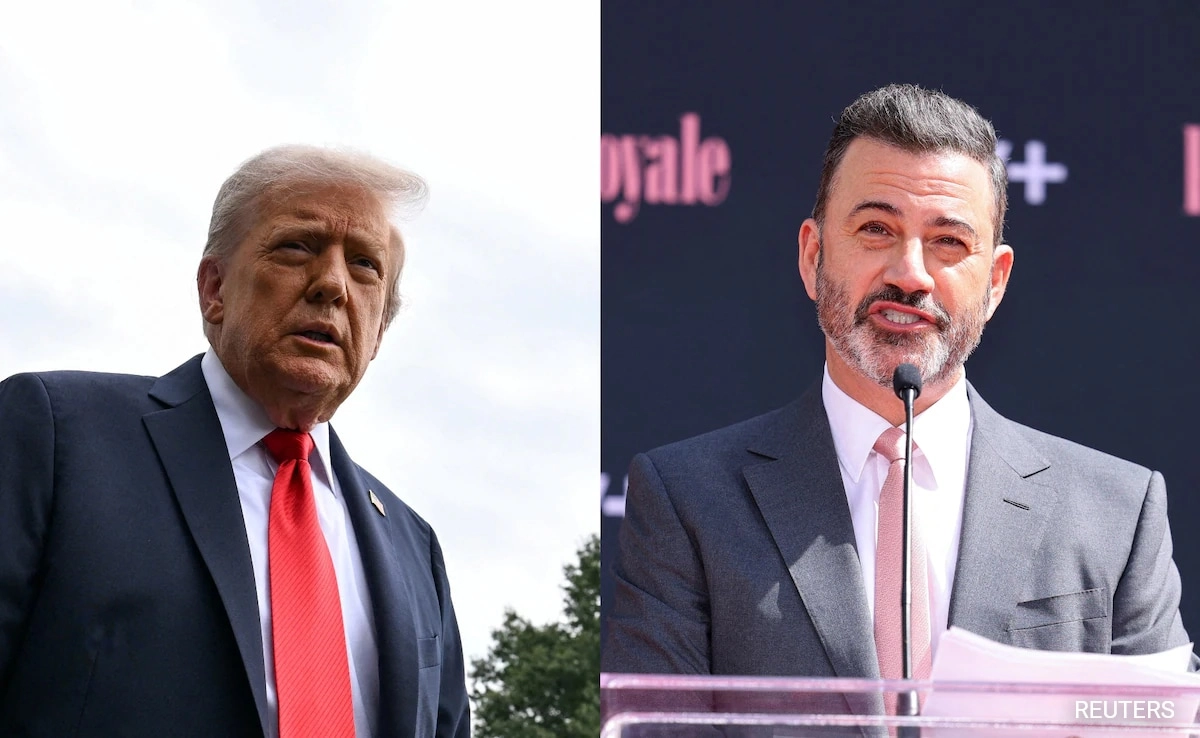In a recent interview, the co-founder of a $12 billion company expressed his frustrations with the work ethic and attitudes of Gen Z employees, stating that their behavior often leaves him feeling exasperated. He shared that the generational differences in the workplace can sometimes feel overwhelming, leading him to joke that it makes him “want to pull my hair out.” This candid comment highlights the growing divide between traditional workplace expectations and the values held by younger generations entering the workforce.
The co-founder pointed out several specific traits he finds challenging in Gen Z employees, such as a perceived lack of commitment and an inclination towards seeking instant gratification. He noted that while they are adept at technology and bring fresh perspectives, their approach to work often contrasts sharply with the dedication and resilience that older generations have demonstrated. This generational clash can create a tense atmosphere, as seasoned professionals struggle to understand the motivations and work styles of their younger counterparts.
However, it’s important to recognize that while these frustrations are valid, they also present an opportunity for growth and adaptation within companies. By fostering an open dialogue between generations, organizations can bridge the gap and create a more cohesive work environment. Embracing the strengths of Gen Z, such as their technological savviness and emphasis on mental health and work-life balance, could lead to innovative solutions and a more engaged workforce. The challenge lies in finding common ground and leveraging the unique contributions of each generation to enhance productivity and workplace culture.
In conclusion, while the co-founder’s remarks reflect a common sentiment among seasoned business leaders, they also underscore the necessity for adaptability in today’s rapidly evolving workplace. As companies continue to navigate the complexities of a multi-generational workforce, embracing differences and promoting understanding will be crucial for future success. By acknowledging the strengths and weaknesses of each generation, businesses can cultivate an environment where everyone thrives, ultimately driving growth and innovation in an ever-changing landscape.




